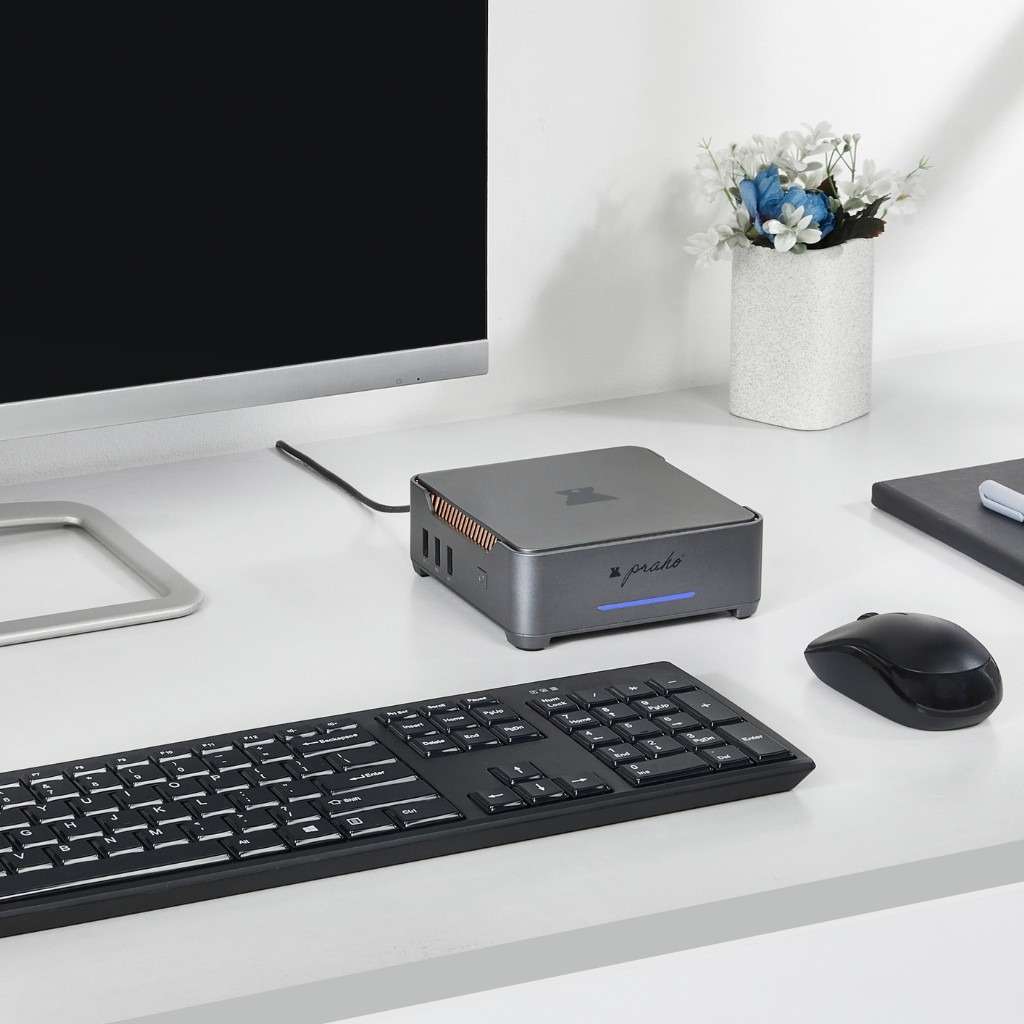
In the landscape of modern education, the concept of community microschooling emerges as a beacon of innovation and possibility. A Community Microschool is not merely a scaled-down version of a traditional school; rather, it represents a paradigm shift in educational philosophy and practice. It embodies the principles of personalized learning, community engagement, and technological integration, all aimed at nurturing the holistic development of each student.
What is a Community Microschool?
Community Microschools are intimate educational environments that prioritize personalized attention, community involvement, and flexibility in curriculum and instruction. Unlike conventional schools with rigid structures and standardized approaches, microschools embrace the diversity of learners and adapt to their individual needs and interests. These micro-communities of learning often operate within neighborhoods or communities, fostering strong bonds among students, teachers, and families.
Microschools play a pivotal role in shaping the academic lives of children by offering a unique educational experience that prioritizes personalized learning, community engagement, and holistic development. Here’s a closer look at the importance of microschools in the academic journey of kids:
Personalized Learning: Microschools tailor learning experiences to each student’s needs, interests, and learning styles. This approach ensures that students receive the support and attention they need to thrive academically.
Small Class Sizes:With fewer students, teachers can give more individualized attention, building strong relationships with each child and creating a supportive learning environment.
Flexible Curriculum: Microschools can design innovative curriculums that cater to their students’ unique needs and interests. This flexibility allows for project-based learning, interdisciplinary studies, and real-world applications, fostering critical thinking and deeper understanding.
Community Engagement: Strong community involvement is a cornerstone of microschools. By involving families and local organizations, microschools create a supportive network dedicated to the academic success and well-being of every child.
Emphasis on Social and Emotional Development: Microschools emphasize social and emotional development, helping children develop essential life skills like communication, empathy, resilience, and teamwork.
Preparation for the Future: Microschools equip students with the knowledge, skills, and attitudes needed to navigate a complex and interconnected world. By fostering creativity, critical thinking, and adaptability, microschools prepare students to thrive in a rapidly changing society. The personalized attention also builds self-confidence and empowers students to pursue their passions with conviction.
Traditional schools have a hard time meeting the needs of all the kids because they have a lot of classes, tests that are all the same, and strict lessons. Community microschools are a nice change from the norm because they focus on the person instead of the system and have open learning spaces.Computers make learning in neighbourhood microschools better. Students can interact with material in a variety of ways through online resources, interactive platforms, and multimedia tools. With computers, students can work together on projects and learn new things that aren’t in the classes.
With the freedom of microschools and technology, teachers can create life-changing lessons that get students ready for the 21st century and beyond.
Computers – a Need of the Hour !


Computers enhance learning especially. Students can use computers to access online resources, interactive learning platforms, and digital literacy skills needed for 21st-century success. Unlike traditional teaching methods, computers allow students to work on projects, communicate with classmates, and express their ideas. Computers help kids connect with the world outside the classroom. Computers expand students’ horizons and expose them to new ideas and experiences through online learning platforms, virtual field trips, and collaborative projects with kids from different areas. In conclusion, computers are essential for preparing kids for future difficulties and opportunities. Computers in community microschools can teach children how to succeed in a quickly changing digital environment.
Financial Barriers for Starting a Community Microschool Using Computers
Financial barriers present significant challenges for educators interested in establishing community microschools that integrate computers into their curriculum. These barriers encompass various aspects of financial investment, including technology infrastructure, hardware procurement, software licensing, and ongoing maintenance costs. Let’s delve deeper into each of these myths/barriers and the solutions to the same:
1. Technology Infrastructure
Problem: High initial investment in networking and cybersecurity.
Solution: Use a small space with basic PCs and an internet connection to minimize overhead.
2. Hardware Procurement
Problem:Significant upfront cost for computers and devices.
Solution: Start with basic PCs for interactive learning and instructional resources, reallocating funds to other needs.
3. Software Licensing
Problem: Costly software licenses and ongoing fees.
Solution: Utilize free online educational resources like MagnetBrains and LearnOhub to reduce costs.
4. Ongoing Maintenance Costs
Problem: Regular updates, hadware maintenance, and technical support.
Solution: Focus on simplicity and efficiency, using existing resources and a stable internet connection to keep costs low.
5. Teacher Training
Problem: High costs for training and professional development.
Solution: Combine passionate educators with online resources to enhance teaching quality without high expenses.
Computers in Micro-schooling : Still a Challenge to Overcome !
Even though computers can greatly improve education, buying them is still expensive. Computers, like laptops and tablets, cost a lot of money. This can be a problem for everyone wanting to start their own microschool that don’t have much money. They need computers to help students learn better, but they might not be able to afford them. So, even though computers can do a lot for education, finding the money to buy them is still a challenge. Embark on your microschooling journey with Teach to Earn! We understand the challenges of starting a community microschool, especially when it comes to affording computers for your students. That’s why we’re here to help.
One Solution – Teach to Earn ! Launch Your Microschooling Journey with Us !
Teach to Earn understands the challenges that educators face when it comes to starting a community microschool. From securing funding for technology to navigating the complexities of curriculum development, the road to launching a successful microschool can be daunting. However, with Teach to Earn by your side, you can turn your vision into reality.
Affordable Technology Solutions :
One of the most significant barriers to starting a microschool is the cost of technology. Computers are essential tools for modern education, enabling students to access a wealth of resources, collaborate with peers, and develop digital literacy skills. However, purchasing computers can be prohibitively expensive for many educators, especially those operating on limited budgets. That’s where Teach to Earn comes in. We believe that every student deserves access to quality education, regardless of financial constraints. That’s why we offer PCs at a subsidized rate of 10k only, which includes all the components including a Selligion CPU , a Monitor , a Keyboard and Mouse , a Webcam and a Headphone . With Teach to Earn, you can equip your microschool with the technology it needs to thrive without breaking the bank. You just need to pay 10k per PC and we will fund the rest.
Our Commitment to You:
Teach to Earn is more than just a provider of affordable technology solutions. We are committed to supporting educators from Educated Homemakers to Retired Senior Citizens in every step of the way as they embark on their microschooling journey. From initial planning and setup to ongoing support and mentorship, we are here to help you succeed. When you partner with Teach to Earn, you become part of a supportive community of educators dedicated to transforming education. Whether you’re a seasoned teacher or a passionate newcomer, we provide the resources, guidance, and encouragement you need to make your microschool a success.
How It Works ?
Getting started with Teach to Earn is simple. Here’s how it works:
Sign Up: Visit our website and sign up to become a Teach to Earn Educator.
Choose Your Quantity : Select the quantity of PCs that you want to start with. Our subsidized PC set includes everything you need to get started, from computers to peripherals.
Pay Only 10k per PC: With Teach to Earn, you only pay 10k per PC, and we’ll fund the rest. It’s an affordable way to equip your microschool with the technology it needs to succeed.
Teach and Build in Public: Once you’ve set up your microschool, it’s time to start teaching and building a vibrant learning community. Share your experiences, insights, and successes with the world, and inspire others to join the microschooling movement.
Benefits of Partnering with Teach to Earn : Partnering with Teach to Earn offers a range of benefits for educators:
Affordable Technology: Access PCs at a subsidized rate, making it easier to equip your microschool with the technology it needs.
Ongoing Support: Receive ongoing support and mentorship from the Teach to Earn team, ensuring you have the guidance you need to succeed.
Community Collaboration: Join a community of like-minded educators who are passionate about transforming education and share your experiences, insights, and best practices.
Empowerment: Empower your students with the tools they need to succeed in the 21st century and beyond, opening up new opportunities for learning and growth.
Join the Microschooling Movement Today !
Are you ready to make a difference in your community? Are you passionate about empowering students through innovative education? Then join the microschooling movement with Teach to Earn. Together, we can revolutionize education and empower the next generation of learners. Sign up today and take the first step towards building a brighter future for your community. You can contact us through WhatsApp or Email us at contact.teachtoearn@gmail.com




